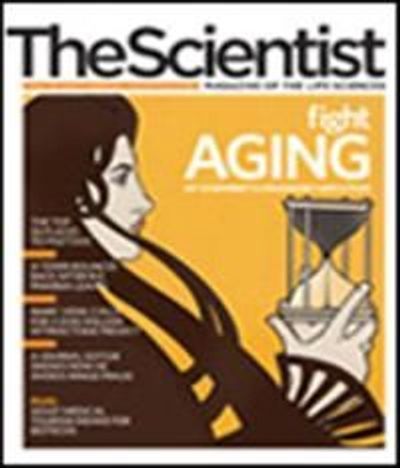Jim Alwine was a postdoc at Stanford University in 1975 when Ed Southern published the technique that would come to bear his name. "A very bad reprint" of Southern's paper was working its way around the biochemistry department, Alwine recalls, and people were already using the technique in their studies.
Alwine had a different response. Poring over the protocol to understand how it worked for DNA, he began to wonder whether it would also work for RNA. "The dogma was that RNA wouldn't bind nitrocellulose, and it doesn't unless you denature it, says Alwine, now a professor of cancer biology at the University of Pennsylvania. Good denaturants didn't really exist at the time. "We conquered that by developing a special paper covered with diazo groups [which will bind folded RNA molecules]. They worked very well. Thus was born the "Northern blot."
"People were inventing things right there, Alwine says. "There...
Interested in reading more?




